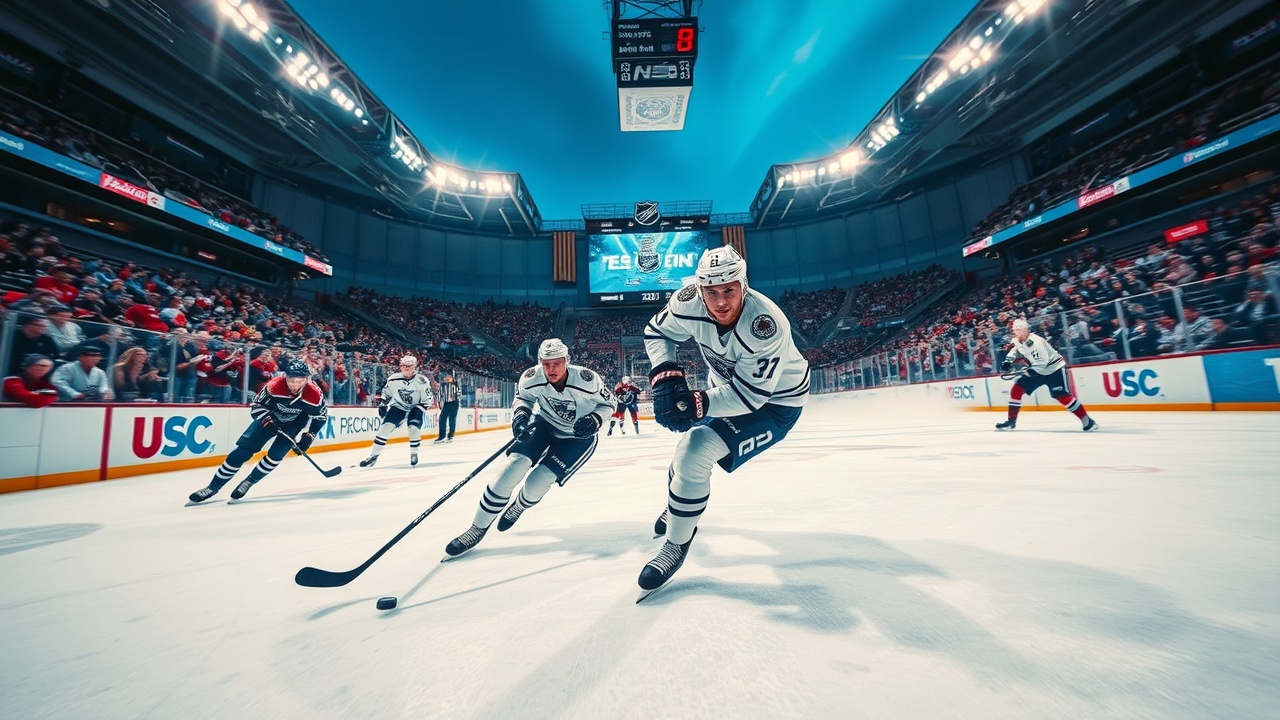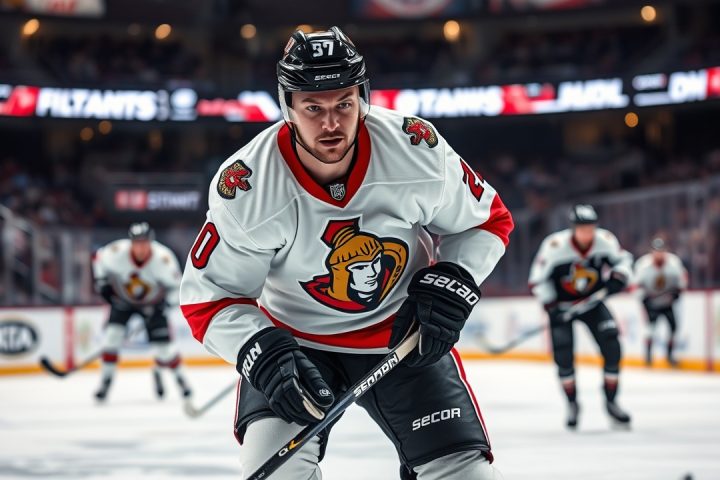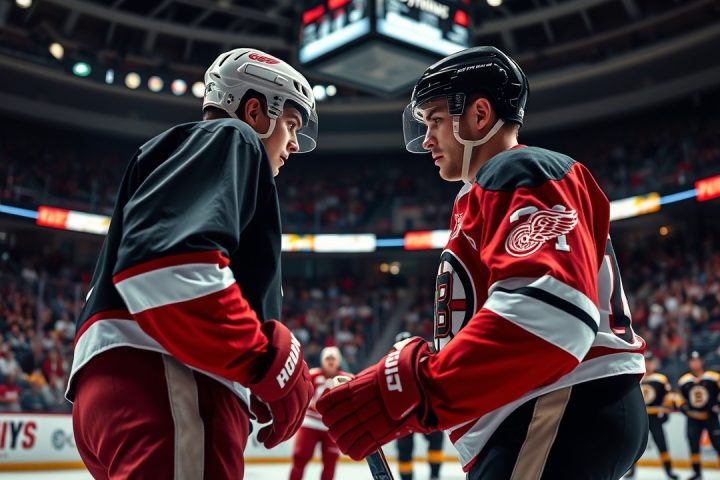The Current State of the NHL Offseason
The latest issue of The Athletic’s Red Light newsletter brings us some intriguing insights into the current state of the NHL, especially during what appears to be the offseason lull. This period sees teams straying from high-octane trades and instead entering a phase of relative quiet, making it worth examining the developments or lack thereof in league transactions.
Notable Situations Unfolding
As the NHL transitions towards the upcoming season, several notable situations are unfolding that have yet to resolve. For instance, while teams like the Red Wings have notably enhanced their rosters—most recently by acquiring goaltender John Gibson—the Edmonton Oilers have opted to remain stagnant in the crease despite their prior playoff struggles linked to goaltending. This reluctance raises questions: Are they prepared to risk the final year of Connor McDavid’s contract without making significant changes, or do they have larger moves planned that are not yet visible?
Meanwhile, teams with less competitive records seem content with their current circumstances. The Anaheim Ducks and the San Jose Sharks are making strides, albeit tentative, towards improvement. In contrast, the Chicago Blackhawks seem to be adhering to a long-term strategy that leaves promising draft pick Connor Bedard sidelined from impactful games for another season. The Buffalo Sabres have also created buzz for the wrong reasons, with a recent transaction that appears to have left them in a less favorable position short-term.
Contract Extensions and Cap Space
Moreover, a variety of marquee players are yet to sign contract extensions. July 1 marks the official period for athletes with a year remaining on their contracts to negotiate extensions, yet key figures, including McDavid, Jack Eichel, and Kirill Kaprizov, have remained unsigned as teams have been unusually silent about potential agreements. There’s no cause for alarm now; history indicates that most star players typically avoid reaching unrestricted free agency while in their prime.
Another pivotal aspect of the current offseason is the abundance of cap space available to teams. Notably, Anaheim is reportedly under the salary floor, and alongside them, several other teams including the Sharks and Blackhawks enjoy significant budget flexibility, each holding over $20 million in room to maneuver. This phenomenon raises questions about the potential for strategic acquisitions, particularly as many clubs may find themselves hesitant to leverage their cap space in an increasingly stagnant market.
Trading Activity and Market Dynamics
A handful of available unrestricted free agents still stand out on the market, including players like Jack Roslovic and Victor Olofsson, yet the list lacks depth, raising concerns about how demand might shift in light of the ample salary cap resources. Generally, this would be the window where remaining free agents might consider signing lesser-value short-term contracts, but with such an influx of available cap, teams could rethink the dynamics of supply and demand.
Trading activity has been notably absent since early July, with the last significant transaction occurring on July 1. The unusual silence can be attributed to several factors:
- Teams focused too heavily on pursuing Mitch Marner and are now left scrambling for secondary options after he signed with Vegas, suggesting that some teams might be reevaluating their game plans.
- A lack of urgency is evident due to the ample cap space available, softening the usual pressures associated with impending roster holes.
- Perhaps something significant is brewing behind closed doors, as major deals often require negotiation time, or maybe there is an undercurrent of undisclosed trades awaiting revelation after the retirements of veteran insiders like Bob McKenzie.
A Nostalgic Reflection
In a nostalgic moment, the piece caps off by reflecting on Mitch Marner’s unique record set on April 5, 2022, where he became the first player to score short-handed and then follow it up with a power-play goal within just 37 seconds—an achievement illustrating both skill and the rarity of such circumstances in hockey. It is a reminder of the surprising feats that can emerge amidst the quieter times in the NHL, even as teams prepare for the challenges of the upcoming season.




